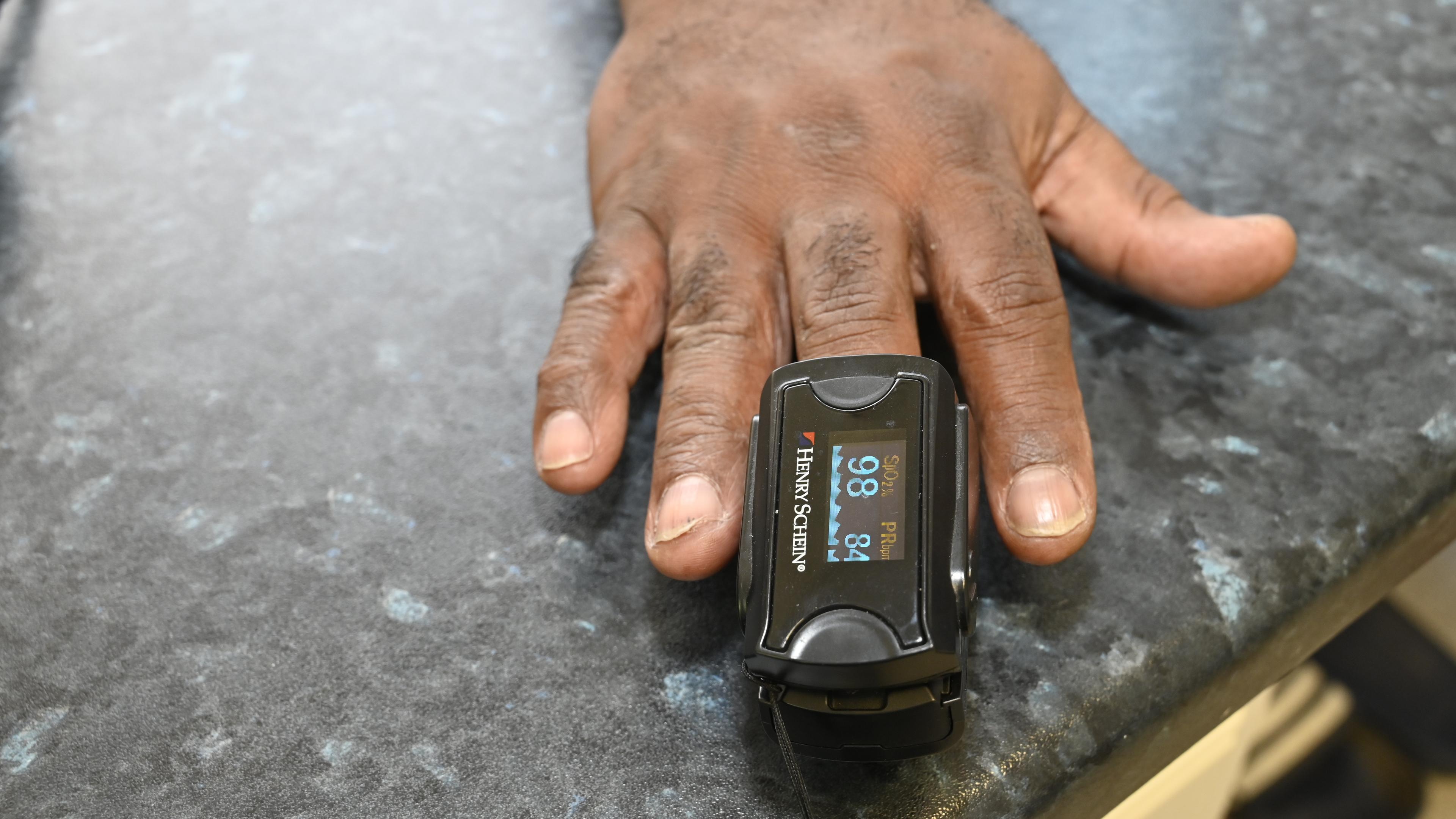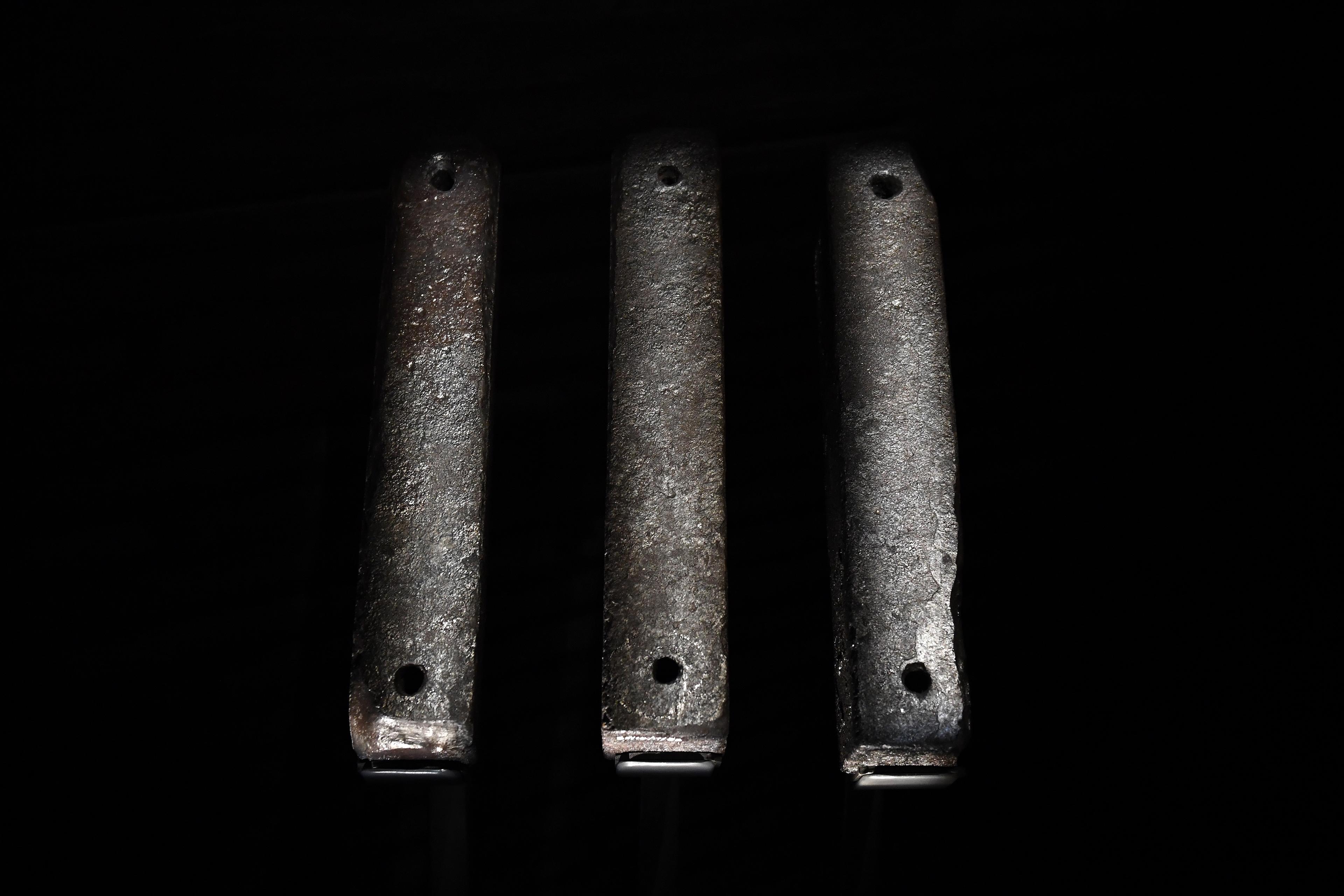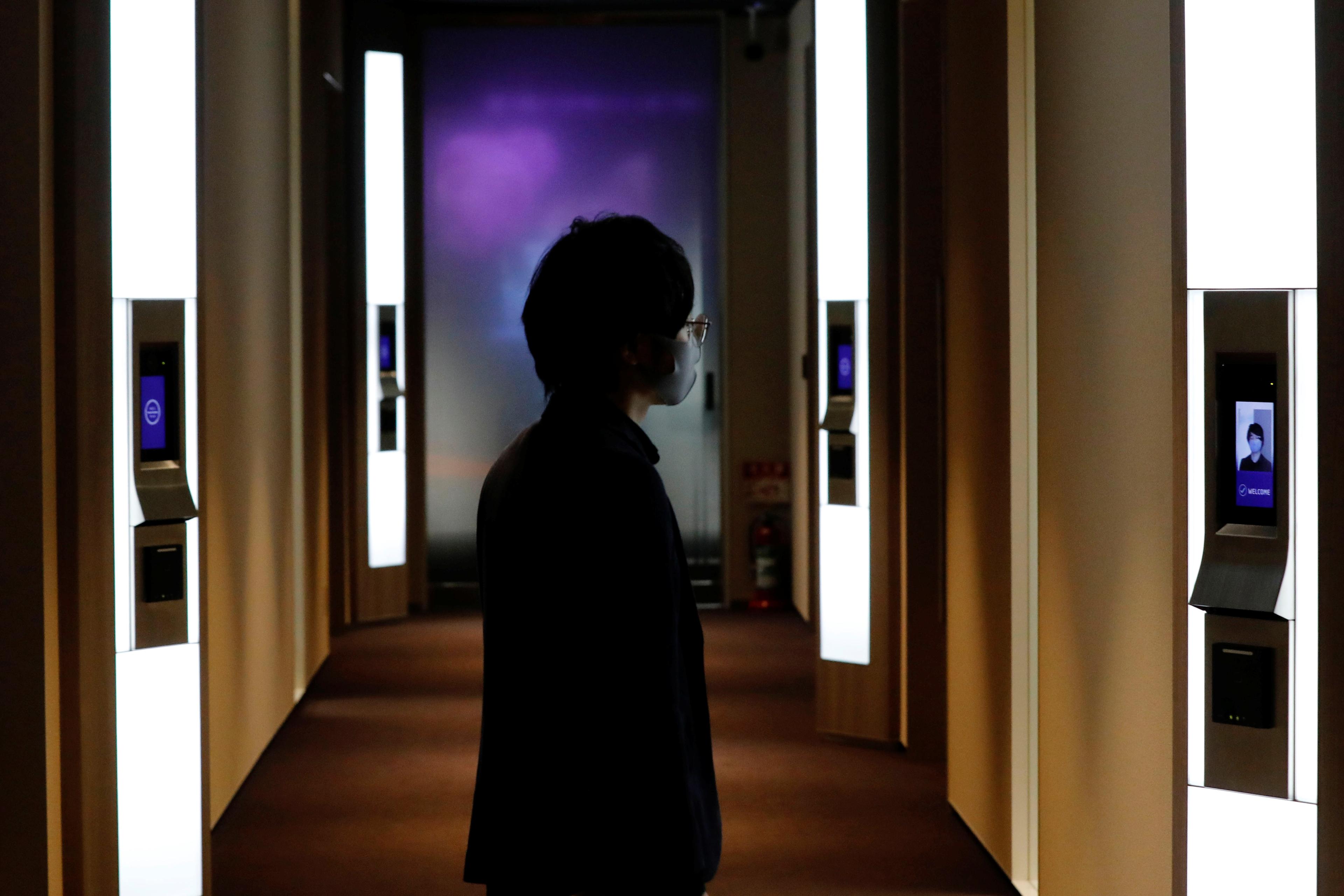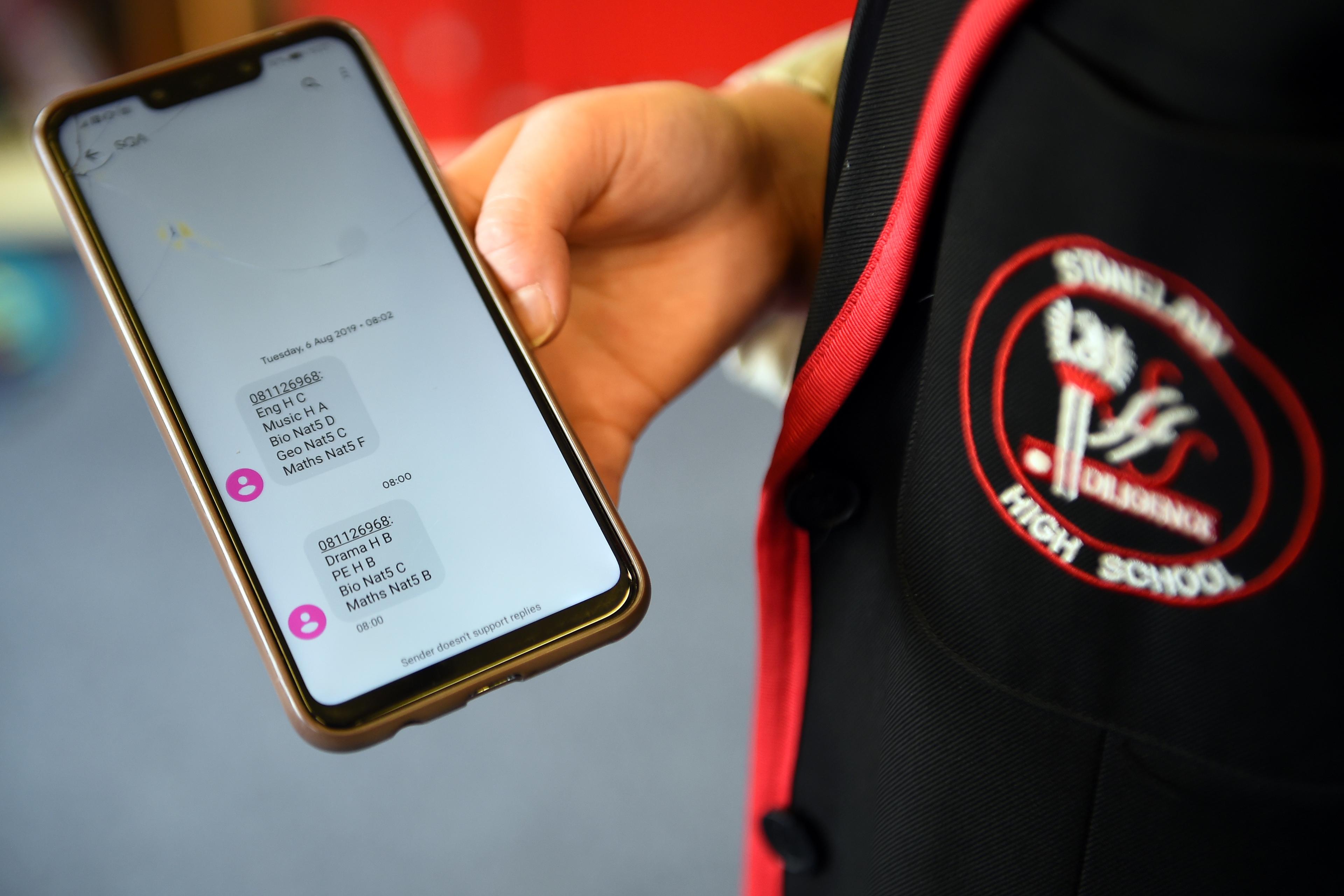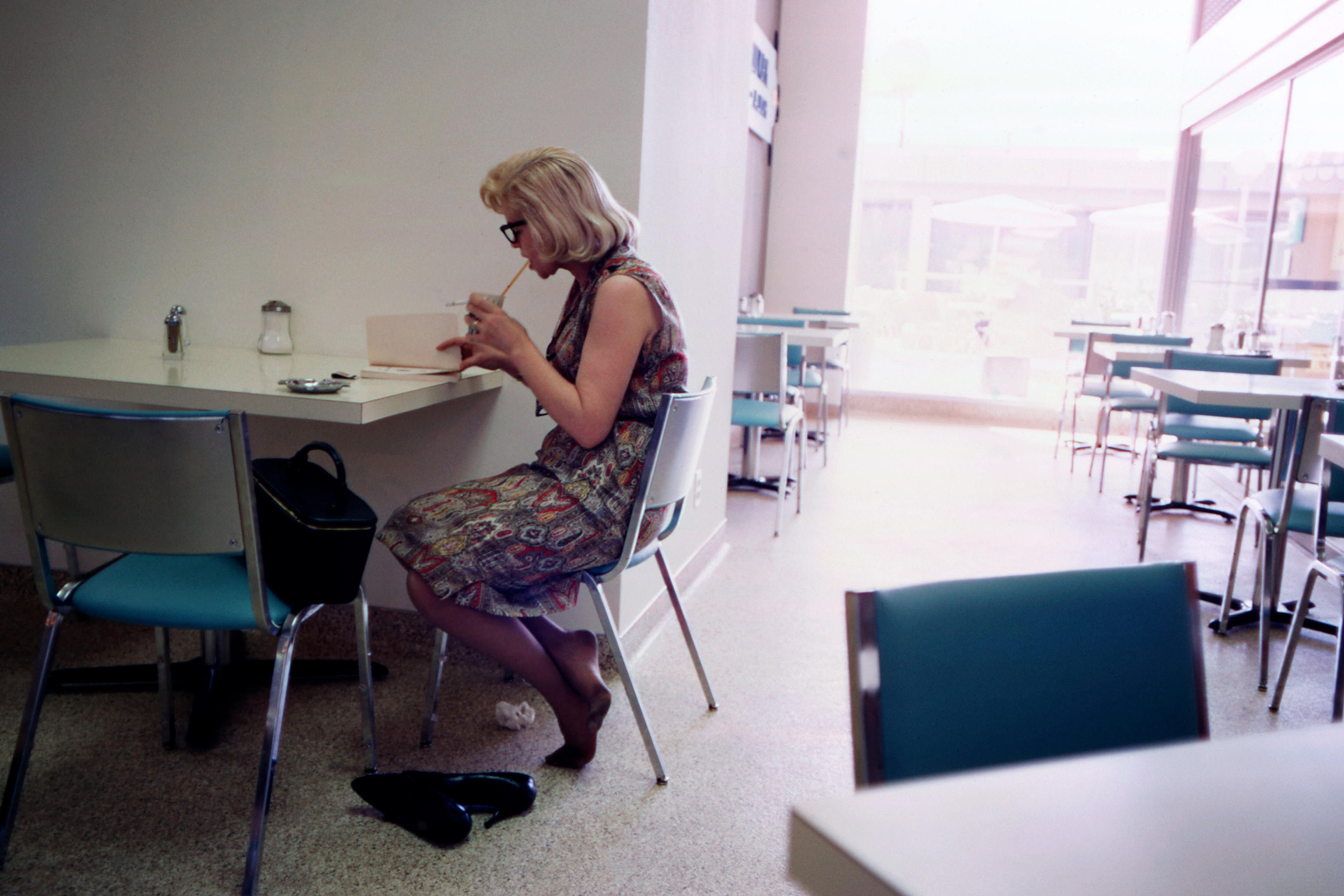Are fingertip pulse oximeters racist? The question might strike you as absurd. But according to a study published in December 2020 and widely reported in the media, these devices significantly overestimate the level of blood oxygen in Black patients in real-world conditions, meaning that Black people might have to be sicker than white people before they qualify for treatment. For COVID-19 patients using these devices to determine when to go to the hospital, this could be a matter of life or death.
As it turns out, the study only confirms what has long been known. In a detailed analysis published in August 2020, the anthropologist Amy Moran-Thomas tells the story of these devices, from their initial calibration with mainly light-skinned test subjects to the largely ignored laboratory studies, dating back to 2005, showing their racial biases. For Moran-Thomas, the pulse ox is a ‘case study of systemic racism in miniature’. But she doesn’t go so far as to call the device itself a racist thing. After all, the device has no mind of its own. And while it might reflect the gradual accretion of biased decisions, surely neither its manufacturers nor its typical users intend to discriminate. Quite the contrary, the whole point of the device is to help people.
Nevertheless, we think it makes sense to say it: the pulse oximeter is a racist thing. Things can be racist. Things can be sexist, ableist and classist, too. All are examples of what one of us, Shen-yi Liao, and our fellow philosopher Bryce Huebner call ‘oppressive things’. The things in question are not thoughts, systems, institutions or social practices, though obviously these can be oppressive. Instead, look at the way oppression gets built into mundane material objects. Set aside symbolic or representational artworks such as mammy jars or Confederate monuments, which wear their racism as a badge. Consider instead the racial bias of an automatic soap dispenser that activates more readily for lighter skin. Such oppressive things are everywhere, including in medicine. Identifying them is the easy part. The hard part is understanding how they influence our thoughts and actions, and figuring out what to do about them.
Oppressive things are not merely things that happen to be biased against some class of users. They must be both a downstream consequence of injustice toward an oppressed group, and an upstream antecedent of further injustices. Their biases are congruent with oppression. That pulse oximeters don’t work as well for darker-skinned patients might not have been intentional, but it is by no means accidental. It can be traced to a long history of similar biases in light-based technologies, from film emulsifiers to soap dispensers to wearable fitness trackers.
And oppressive things don’t simply reflect or reveal past oppression, they also perpetuate it. Moran-Thomas shows how that could be the case for the pulse oximeter. If the bias in this device can be shown to contribute to poorer clinical outcomes for already marginalised groups (something not yet proven), then the device itself is perpetuating injustice – including racial disparities in COVID-19 death rates. But here’s a more subtle downstream effect: the purportedly objective data provided by the device could be used to cast doubt on patients’ own claims about how sick they are. Writ large, this could further worsen existing dynamics of mistrust and miscommunication between healthcare providers and historically marginalised patient groups. These dynamics are deadly.
And it’s not just pulse oximeters. The pandemic has brought medical devices and supplies into our daily lives in unprecedented ways. A disturbing number of these medical things have been revealed to be less accessible to, or effective for, some users owing to the users’ race, gender, disability or class status. Dermatological photos that help physicians identify ‘COVID toes’ were initially limited to light-skinned patients, despite greater prevalence of the disease in Black and brown communities. N95 respirator masks, worn by healthcare workers, must be fit-tested for safety, and research has shown that fit pass rates are especially low among female and Asian workers. Opaque medical and homemade masks block Deaf and hard-of-hearing people from reading the lips of teachers and healthcare providers, which is a dangerous barrier to communication. The Pfizer-BioNTech vaccine has reached urban and well-resourced areas before rural and poor communities because it spoils without ultra-cold storage.
If it seems hyperbolic to call an inanimate object racist, it might be due to our tendency to think of racism and other forms of oppression as residing in people’s minds. A pulse oximeter has no mind, hence it can’t be racist, the thinking goes. Even on more expansive contemporary understandings of racism, where it can be implicit, institutional, structural or systemic, it can be hard to see where material objects fit in. Oppression is grounded in power relations, but what power does this tiny plastic trinket have over me?
All of us think and act with the objects that we have. As the philosopher John Haugeland put it in 1993, the mind is ‘intimately embodied and intimately embedded in its world’. When a bias is inscribed in a device, as light-skin bias is inscribed in many pulse oximeters, it inevitably biases the patterns of cognition and action of everyone using the device or making decisions on the basis of the information it provides. Biases inscribed in artefacts are shared with the people around us too, even people not directly using the artefact. When a group of individuals is biased in a similar way, a pattern of cognition and action becomes socially sticky. That’s how a biased pulse oximeter makes it more likely that medical providers, as a group, will undertreat patients who are racialised as Black. Since the undertreatment doesn’t arise from individual ill will, we risk treating the differential outcomes as socially normal and outside of any individual’s moral responsibility. No one person is to blame, and no one person alone can fix it.
The recent turn toward recognising institutional and structural forms of oppression has been helpful in teaching us that you don’t need explicitly racist attitudes to have racism, nor explicitly sexist attitudes to have sexism. But it would be misleading to think that this means there are just two forms of oppression – the malignant kind that reflects blameworthy attitudes in people’s minds, and a lesser, more benign kind that lives in institutions or structures absent any minds at all.
The truth is more complicated. Our minds are embodied and embedded in the world, including the social and physical worlds. If you feel short of breath, but the oximeter on your fingertip says your lungs are working perfectly fine, you might actually feel a little better, because you think with the machine. By sending you home with an oximeter and instructions for what to watch for, your healthcare provider embeds their own cognition in your home environment. The device itself carries the biases inscribed during its design and calibration, and then passes them along to clinicians, whose judgment and intuitions might be shaped by the accumulation of these small data points. In other words, the minds, the artefacts and the institutions are all bound up with each other.
A single racist medical thing is troubling enough on its own. But racism and other forms of oppression are systemic, with similar patterns recapitulated in countless material objects. In the pandemic we even learned that medical things that aren’t oppressive in medical contexts can become so in other contexts, as when a face mask transforms its wearer into an object of racist suspicion. What’s more, the micro-inequalities built into individual oppressive things are bound to accumulate into significant, and often nearly inescapable, harms. The philosopher Katrina Hutchison, examining gender biases in artificial hips and other implantable devices, deems this a type of ‘moral aggregation problem’.
To address such issues, Moran-Thomas and Hutchison have taken the important first step: identifying oppressive devices before they cause downstream harms. There have long been calls for universal design in response to material artefacts that discriminate against people with disabilities; we should extend those strategies to artefacts that discriminate via race, gender or class. As the critical disability scholar Aimi Hamraie says, we should design for collective access.
But let’s not throw the baby out with the bathwater. An oppressive thing can still generate a benefit to an oppressed community, on net. We don’t know whether biased pulse oximeters do more harm than good for darker-skinned patients; we know only that their propensity to harm appears to be inequitably distributed. We don’t know whether corrective algorithms intended to remedy the bias would introduce new, unforeseen problems. Algorithms, including some employed in medicine, can also be oppressive things.
Any attempt to fix the problems of pulse oximeters should take the saga of race-based corrections in a test for kidney function as both a model and a cautionary tale. The eGFR blood test plays a role in deciding who gets listed for a kidney transplant. Like a pulse oximeter, it generates data used in life-and-death decisions. Initially, a race-based mathematical correction in these tests was intended to make the results as accurate for Black patients as for white patients. But the correction itself might be causing an underestimation of how sick Black kidney patients are, not to mention reinforcing scientifically dubious ideas about biological racial differences. Attempts to correct the correction – that is, to remove the race adjustment – are now underway, but might have unintended consequences. It’s not clear that an update to the test alone will improve transplant prospects for Black patients. What’s more, with the click of a button, Black patients could suddenly be classified as sicker in a way that might make them ineligible for other treatments, such as metformin for their diabetes. An initiative intended to help reduce a racial disparity could very well harm some individuals even as it helps a group on the whole.
Interventions aimed at mitigating the harm of oppressive things must recognise that these objects are more than the biases that they encode. An oppressive thing is embedded in a complex web of cause and effect. To extract the thing from its oppressive social history is like freeing a delicate sea creature from a fishing line. It requires a careful balancing of technical solutions in consultation with the affected groups, and attention to the broader social and historical context. Naming the oppressive things in medicine for what they are is only the start.
